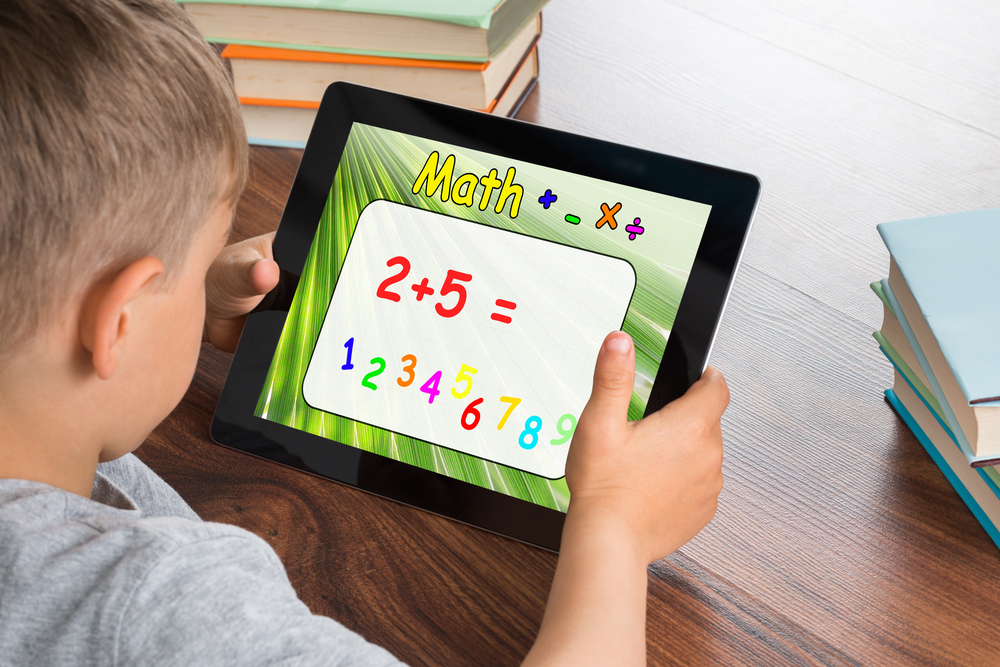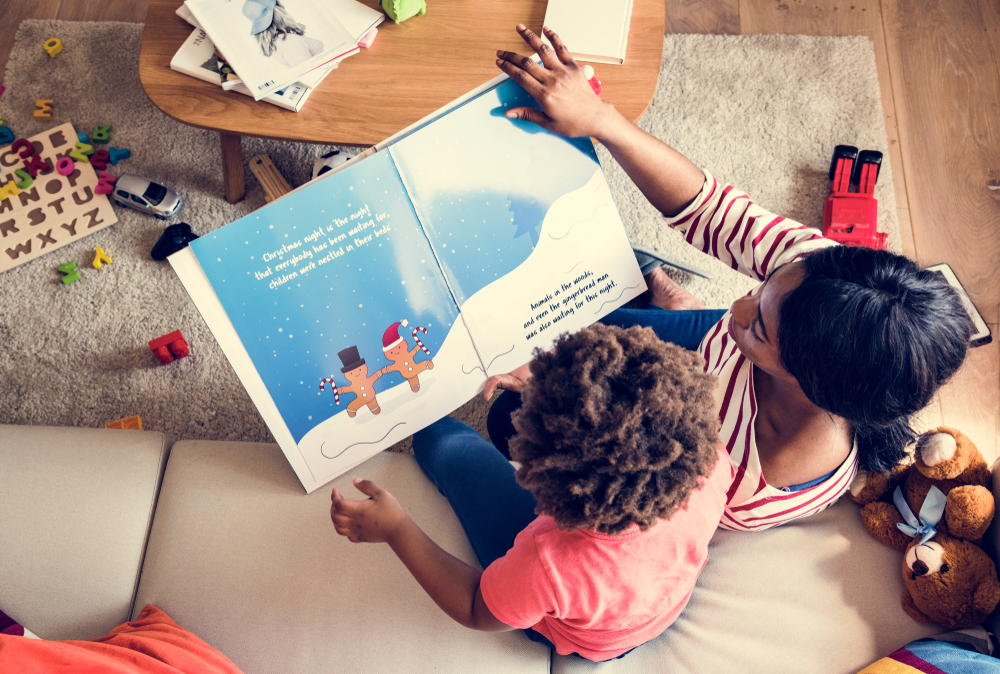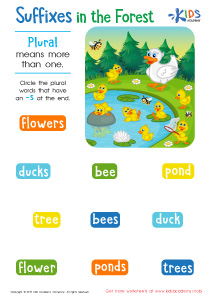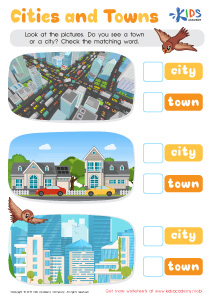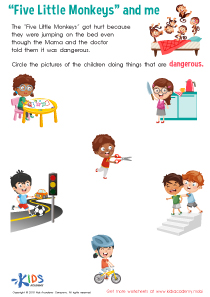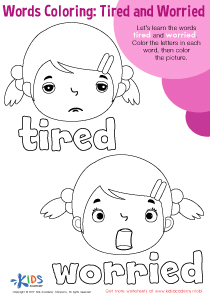Story sequencing Easy Reading Comprehension Worksheets for Ages 4-8
3 filtered results
-
From - To
Introducing our Story Sequencing Easy Reading Comprehension Worksheets tailored for ages 4-8. These engaging and educational resources help young learners develop critical reading skills by organizing story elements in sequence. With vibrant illustrations and age-appropriate content, children can practice identifying beginning, middle, and end events, supporting enhanced comprehension and retention. Perfect for both classroom use and at-home learning, these worksheets foster natural learning curiosity and build a strong foundation in literacy. Explore our range today and watch your child transform into a confident reader while having fun with story sequencing activities!
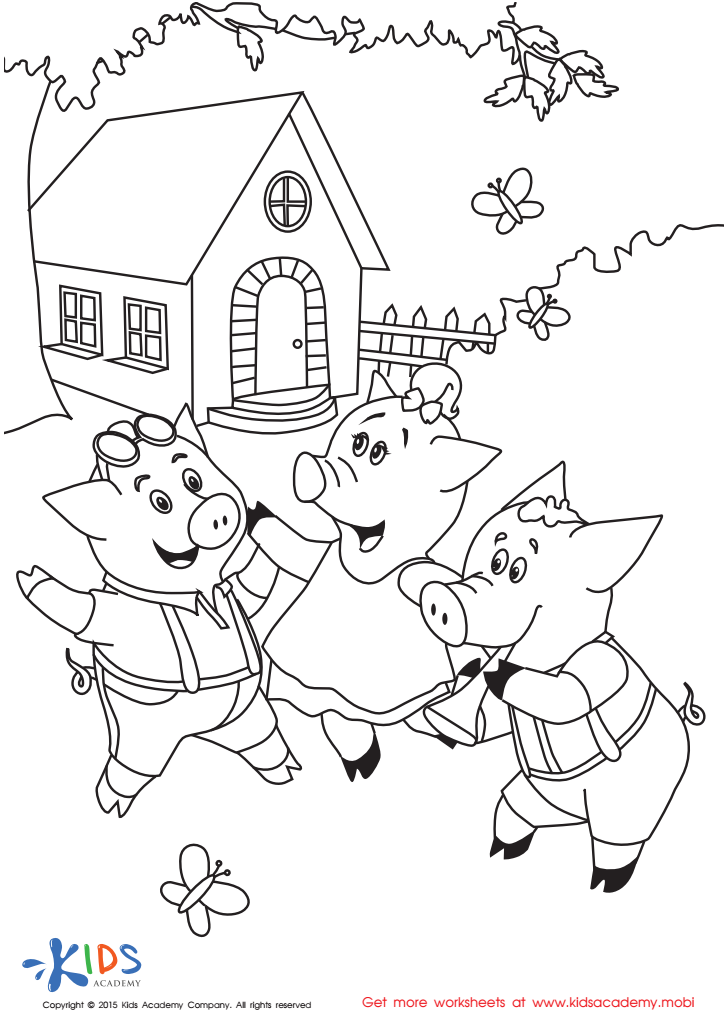

Folktales Printable PDF Worksheet: The 3 Little Pigs
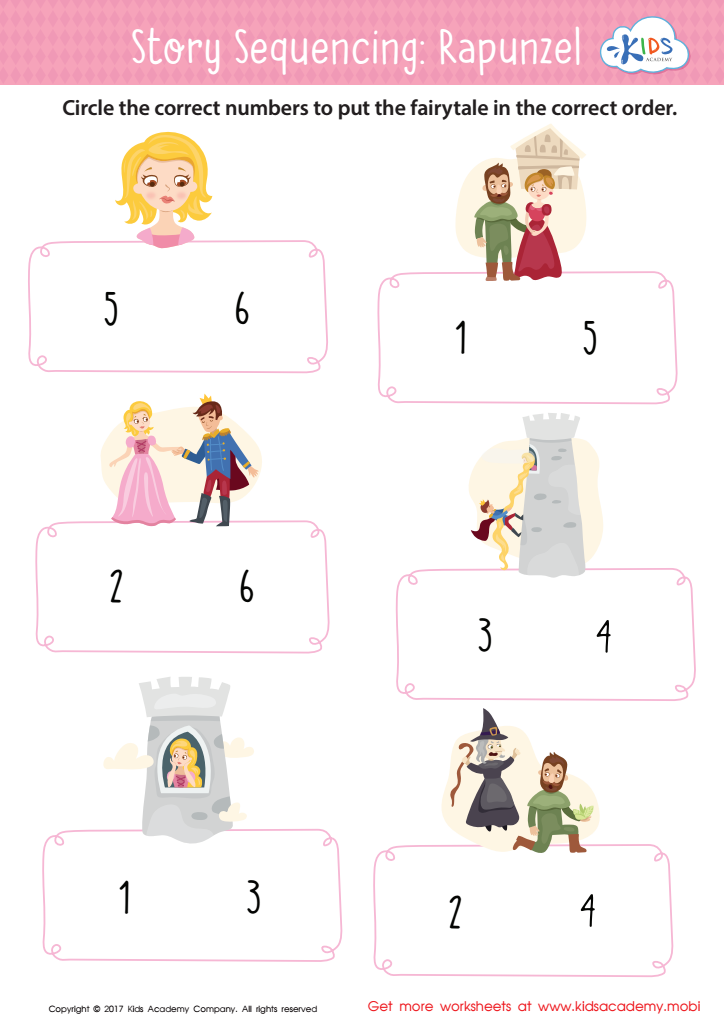

Rapunzel Story Sequencing Worksheet
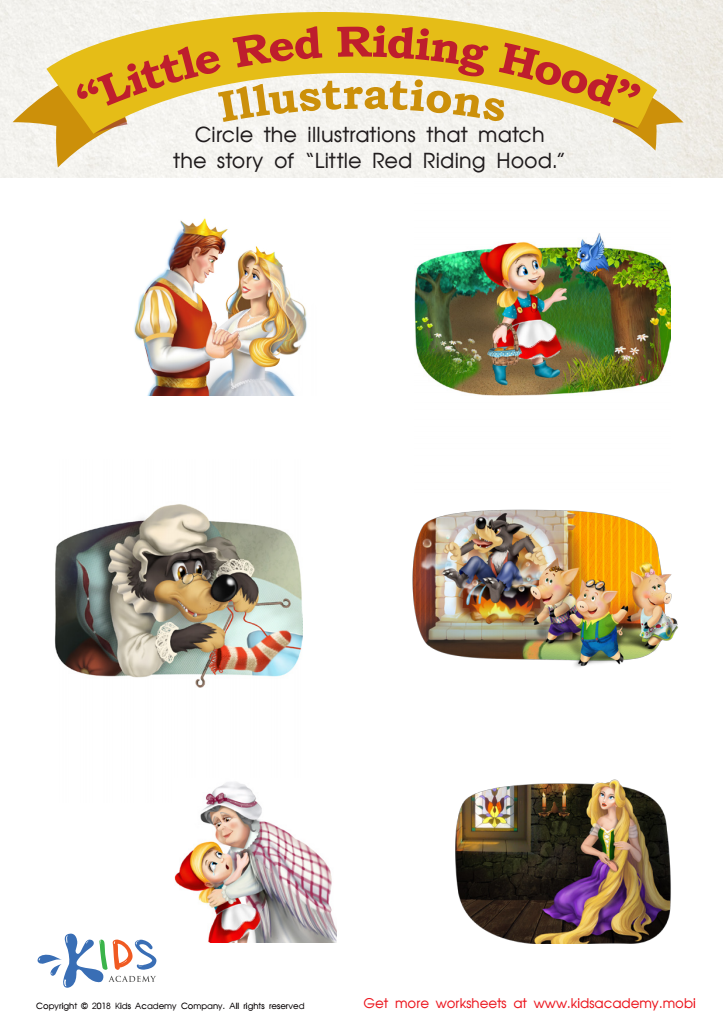

Little Red Riding Hood: Illustrations Worksheet
Story sequencing is a critical foundational skill in early reading comprehension for children aged 4-8. It involves identifying the beginning, middle, and end of a story, allowing children to understand and retell the narrative accurately. This skill is significant for several reasons.
Firstly, story sequencing helps children improve their cognitive development, as it requires them to use their brains actively to recall and organize information. This mental exercise boosts their memory and logical thinking abilities. Secondly, sequencing aids in language development; as children recount stories, they practice using new vocabulary and complex sentences in context, enriching their linguistic capabilities.
Furthermore, story sequencing enhances comprehension. When children can accurately sequence events, they demonstrate a better understanding of the story's structure and key elements. This deeper comprehension helps them connect with the narrative, fostering a love for reading. Additionally, the ability to sequence stories equips children with critical writing skills. By understanding narrative structure, they can create their own stories, logically arranging ideas and events.
Lastly, mastering story sequencing early on lays a solid foundation for more advanced reading skills. As texts become more complex in higher grades, children with strong sequencing abilities will better grasp multi-layered plots and subtexts, paving the way for successful, lifelong reading habits. Therefore, parents and teachers should prioritize story sequencing to support comprehensive early literacy development.
 Assign to My Students
Assign to My Students






